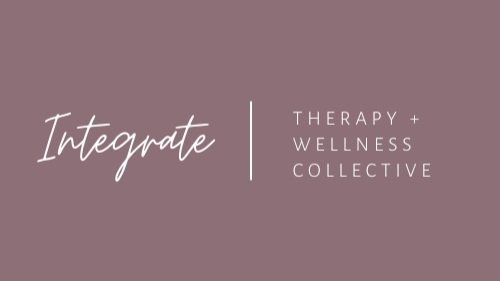Setting and Maintaining Healthy Boundaries: A Trauma-Informed Journey to Healing
When others model and blur the lines of responsibility, you may find yourself feeling overly accountable for others emotions. This experience can leave deep, lingering wounds that shape not only our interactions with others but our relationship with ourselves. Within a trauma-informed framework, establishing boundaries isn’t about building walls—instead, it’s about creating safe spaces that honor your emotional truth and invite healing.
What Are Boundaries and Why They Matter?
“Boundaries define our limits and protect our peace.” Brene Brown
Boundaries are the personal guidelines and limits you set to define where one person ends and another begins. They can be emotional, physical, or mental, and they serve as a framework for how you interact with the world. Think of boundaries as declarations of self-respect and self-care—tools that protect your energy, safeguard your well-being, and signal to others what is and isn’t acceptable in your interactions. Whether it’s saying “no” when you need time alone, choosing not to engage in harmful conversations, or limiting the influence of others’ emotional ups and downs, boundaries are essential to living authentically and maintaining healthy relationships.
Recognizing Blurred Boundaries
Many of us who grew up with emotionally immature parents learned early that our needs were secondary. When your caregiver’s emotions overshadowed your own, boundaries were often ambiguous or entirely absent. In therapy, you begin to map out those early interactions, identifying instances where your feelings were dismissed or ignored. This process is liberating because it helps you recognize not only what was missing but also what you now need to thrive—a clear, respectful space where your needs come first.
How to Establish and Maintain Healthy Boundaries
The first thing is going to have Self-Awareness and to be able to reflect on your past. Reflect on times when you felt drained or over-responsible for others. Journaling your feelings and experiences can illuminate patterns that point to missing or blurred boundaries. Recognizing these patterns is the first step toward reclaiming your energy and self-worth.
A trauma-informed approach in therapy offers a compassionate space to explore your relationship history. Together with your therapist, you can identify where boundaries were compromised and envision how they might look now. This might include delineating between your emotional space and that of others, particularly when dealing with familiarly blurred roles.
Setting boundaries is a skill that grows with practice. Techniques like role-playing and guided exercises in therapy provide safe environments to experiment with assertive communication. These tools help you articulate your needs clearly and practice saying “no” without feeling guilty. Over time, they empower you to stand firm when your well-being is at stake.
One of the most transformative steps is learning that you are not responsible for another’s emotional upkeep. Emotionally immature parents may rely on you to manage or soothe their feelings, but recognizing that their emotional mismanagement isn’t yours to fix is liberating. By separating their roles from your own, you create the mental space required to prioritize your healing and self-care.
Once you’ve defined your boundaries, communicate them clearly and kindly. Whether it’s with a parent, friend, or partner, a simple and honest conversation can make all the difference. Explain your needs and the limits you’re setting, and be prepared to reassert them if needed. Remember, boundaries are an expression of self-respect and an invitation for healthier relationships.
Reaping the Benefits of Healthy Boundaries
When you integrate well-defined boundaries into your life, the benefits extend far beyond personal healing. You begin to experience more balanced and respectful interactions in your friendships, romantic relationships, and professional settings. Boundaries empower you to honor your feelings, make decisions that serve your best interests, and foster an atmosphere where mutual respect thrives.
A Continuous Journey of Self-Discovery
Establishing healthy boundaries is an ongoing, dynamic process—a series of conscious acts of self-love that build resilience over time. Embracing this practice means accepting that healing isn’t linear. Each time you set and uphold a boundary, you are reclaiming a piece of your power and saying, “I matter, and my needs are valid.” This healing journey is uniquely yours, filled with opportunities to explore mindfulness techniques, journaling exercises, and community support that can further enrich your path.
In conclusion, boundaries are not about isolating yourself; they are about creating a nurturing environment where you can grow, heal, and connect more authentically. What strategies or small shifts have you discovered that help you honor your emotional space? Remember, every boundary you set is a step toward a more balanced, vibrant, and authentic life. Please let us know at Integrate if we can walk with you in helping to create some better boundaries for yourself and others.
